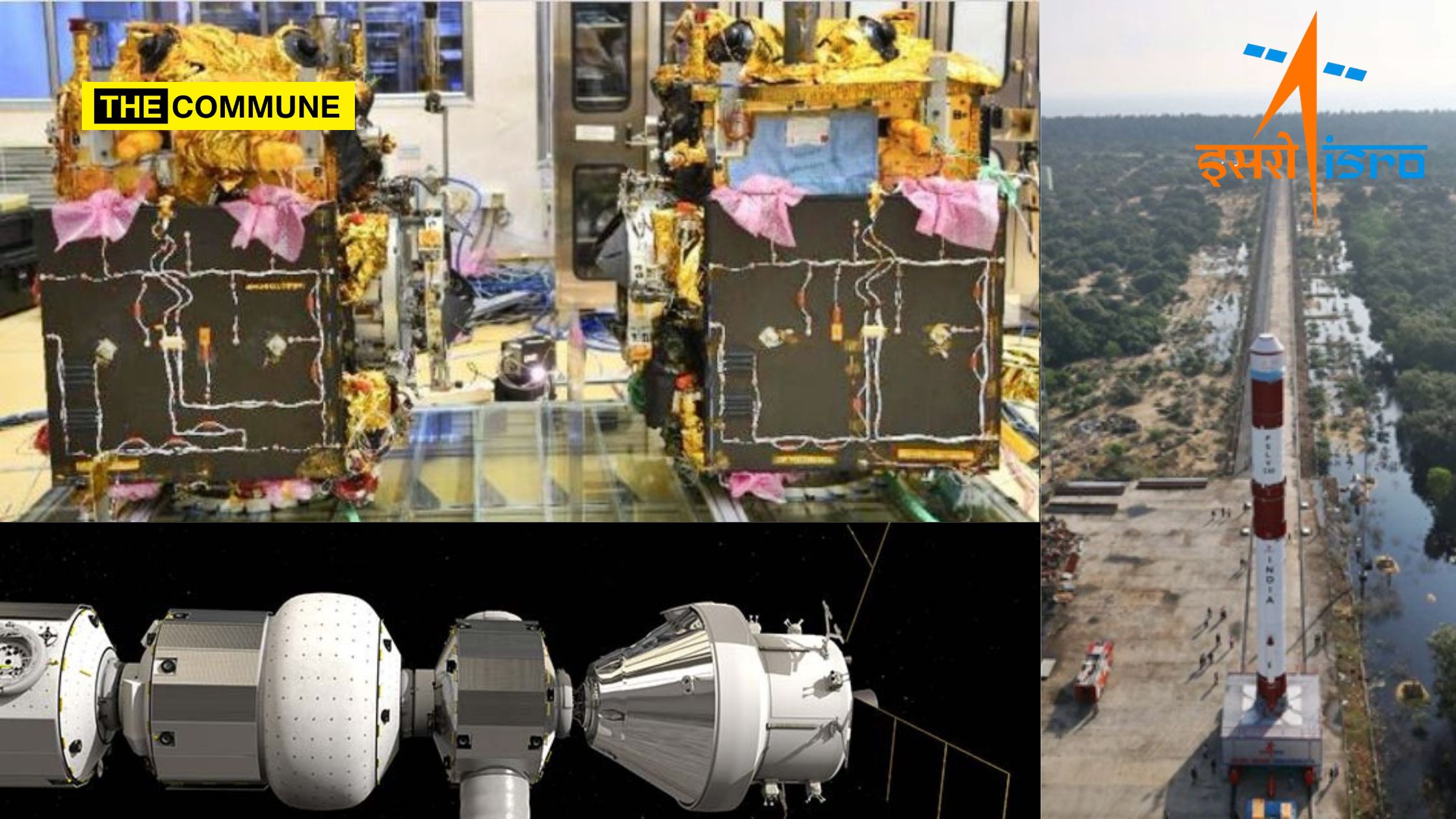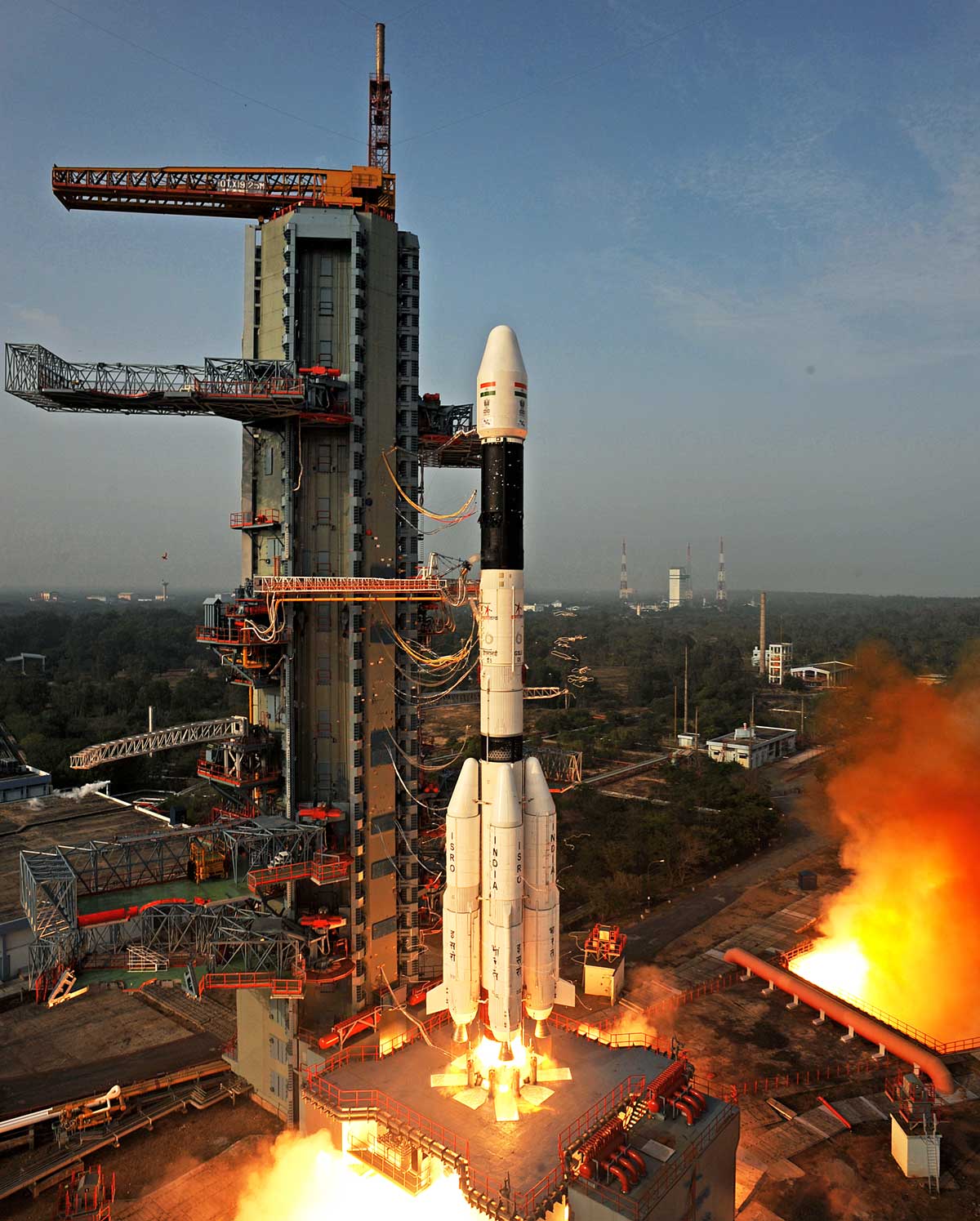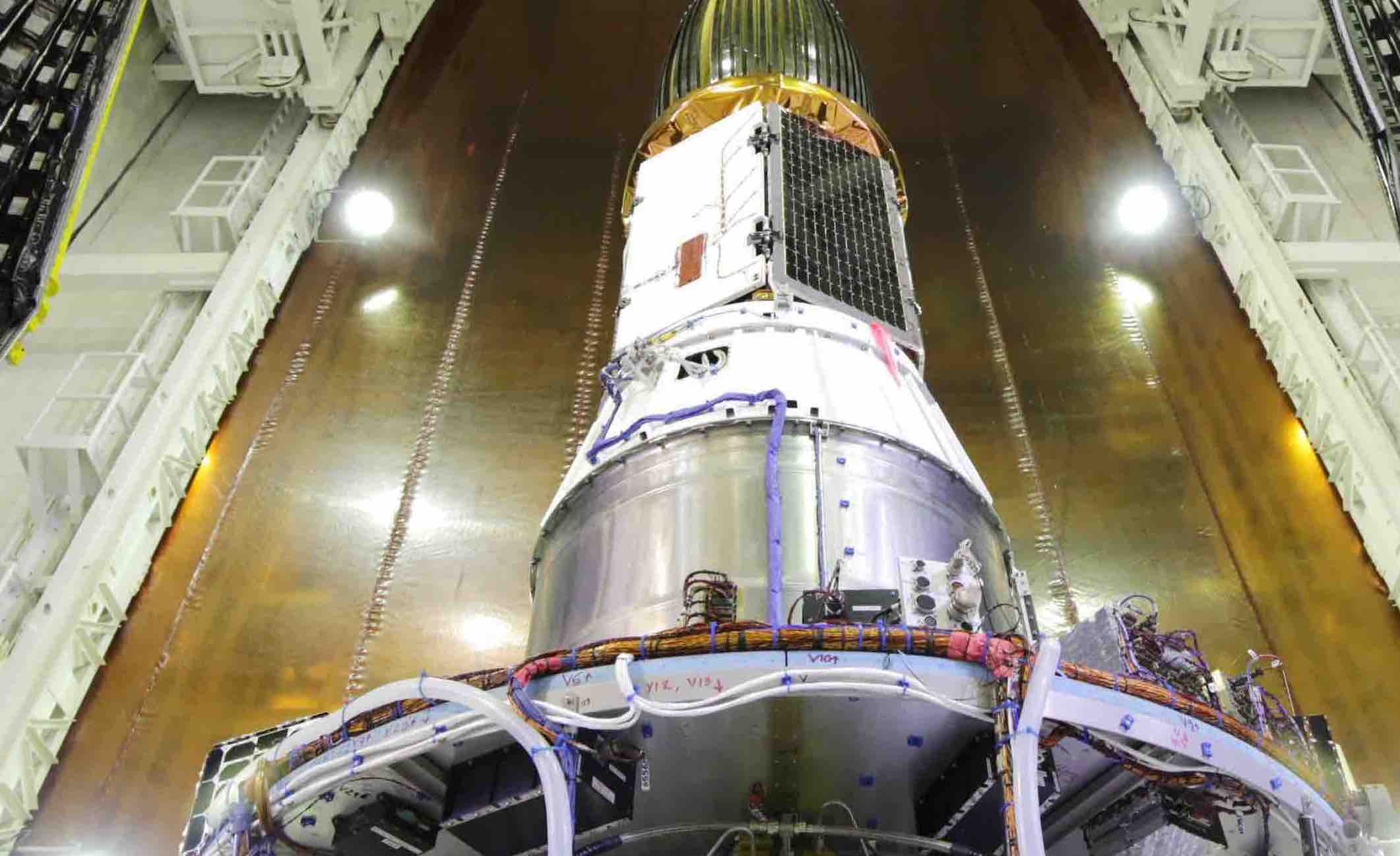Indian Space Research Organisation (ISRO) launched its PSLV-C60 rocket on Saturday morning, carrying three satellites into space. The rocket lifted off from the Satish Dhawan Space Centre in Sriharikota, Andhra Pradesh, at 10:08 am IST.

ISRO’s SpaDeX Mission To Propel India Into Elite "Space Docking" Club - Source thecommunemag.com
Editor's Notes: ISRO's PSLV-C60 mission is a significant step towards enhancing connectivity in India and neighboring regions. The satellites launched by the rocket will provide communication services, navigation support, and earth observation data. This mission is also a testament to ISRO's capabilities in space technology and its commitment to providing affordable and reliable space-based services.
We have analyzed and gathered information from various sources to provide a comprehensive overview of ISRO's PSLV-C60 mission and its implications for enhanced connectivity. Here are the key takeaways:
Key Differences or Key Takeaways:
| Satellite | Function |
|---|---|
| EOS-06 | Earth observation |
| Amazonia-1 | Communication |
| INST-2E | Navigation |
Transition to main article topics:
FAQ
This section presents a comprehensive collection of frequently asked questions (FAQs) regarding the ISRO's PSLV C60 Mission, providing insightful answers to enhance understanding about this significant satellite launch and its implications for improved connectivity.

ISRO's PSLV Successfully Launched With Seven Other Satellites - Source www.techdipper.com
Question 1: What is the primary objective of ISRO's PSLV C60 Mission?
The paramount objective of the PSLV C60 Mission is to deploy three vital satellites into orbit, namely EOS-06 (Oceansat-3), Anand (INS-2TD), and BhutanSat. These satellites are designed to enhance Earth observation capabilities, space-based navigation services, and facilitate research and development activities in Bhutan.
Question 2: What are the key features of the EOS-06 satellite?
EOS-06, also known as Oceansat-3, is an advanced Earth observation satellite equipped with cutting-edge instruments to study oceanographic parameters. It carries a multispectral imager, an ocean color monitor, a sea surface temperature sensor, and an atmospheric correction sensor, enabling comprehensive monitoring of ocean color, sea surface temperature, and atmospheric aerosols.
Question 3: How will the Anand satellite contribute to India's navigation capabilities?
Anand, designated as INS-2TD, is a navigation satellite that forms part of India's regional navigation system, known as NavIC. It will augment the existing constellation of NavIC satellites, enhancing the accuracy, reliability, and accessibility of positioning, navigation, and timing services within India and its neighboring regions.
Question 4: What is the significance of the BhutanSat satellite?
BhutanSat is a small satellite developed in collaboration between ISRO and the Royal Government of Bhutan. It carries an optical imaging payload with a resolution of 27 meters, providing Bhutan with its first satellite imagery for natural resource management, disaster monitoring, and other developmental applications.
Question 5: What is the expected impact of the PSLV C60 Mission on India's space program?
The successful launch of PSLV C60 Mission will further strengthen India's position as a leading spacefaring nation. It demonstrates the country's indigenous capabilities in satellite development, launch vehicle technology, and mission management. This mission also underscores India's commitment to international cooperation and its willingness to share its expertise for the benefit of neighboring countries.
Question 6: What is the significance of the PSLV C60 Mission for enhancing connectivity?
The satellites deployed by the PSLV C60 Mission will play a crucial role in enhancing connectivity and improving access to information and services. EOS-06 will provide valuable data for weather forecasting, ocean monitoring, and disaster management. Anand will strengthen India's navigation infrastructure, enabling more accurate and reliable navigation systems. BhutanSat will empower Bhutan with independent satellite imagery, fostering sustainable development and economic growth.
In conclusion, the ISRO's PSLV C60 Mission is a testament to India's advanced space capabilities and its commitment to using space technology for the betterment of humanity. The successful deployment of the three satellites will have a profound impact on Earth observation, navigation, and connectivity, contributing to progress and prosperity in India, Bhutan, and beyond.
This comprehensive collection of FAQs provides a deeper understanding of the mission's objectives, significance, and potential benefits, highlighting the transformative role that space technology plays in shaping the future.
Tips
The ISRO's PSLV C60 Mission: Launching Satellites Into Space For Enhanced Connectivity is a significant step towards advancing India's space capabilities and providing enhanced connectivity solutions globally. To ensure the mission's success and maximize its benefits, several key tips should be considered.
Tip 1: Leverage Satellite Technology for Communication and Data Transmission
Satellites play a crucial role in establishing reliable and widespread communication networks, particularly in remote areas with limited infrastructure. By utilizing the advanced capabilities of the PSLV C60 satellites, organizations can enhance broadband connectivity, facilitate telemedicine services, and support educational initiatives in underserved communities.
Tip 2: Utilize Satellite Imagery and Data for Earth Observation
The satellites launched by the PSLV C60 mission are equipped with high-resolution cameras and sensors, enabling the collection of valuable Earth observation data. This data can be used for various applications such as environmental monitoring, disaster management, agricultural planning, and resource mapping.
Tip 3: Foster Collaboration and Partnerships
A successful space mission requires collaboration and partnerships among various stakeholders, including government agencies, research institutions, and industry leaders. By sharing knowledge, expertise, and resources, organizations can contribute to the mission's objectives and accelerate the adoption of satellite technologies.
Tip 4: Promote STEM Education and Training
The PSLV C60 mission highlights the importance of STEM education and training in space science and technology. Encouraging young people to pursue careers in these fields will ensure the future success of India's space program and contribute to a skilled workforce globally.
The successful implementation of these tips will contribute to the effective utilization of the PSLV C60 mission's capabilities, leading to enhanced connectivity, improved Earth observation capabilities, and advancements in STEM education and research.
ISRO's PSLV C60 Mission: Launching Satellites Into Space For Enhanced Connectivity
ISRO's PSLV C60 mission is a significant step forward in India's space program, with the primary objective of enhancing connectivity and expanding the reach of communication and earth observation services. This mission involves the launch of multiple satellites into precise orbits, each serving a specific purpose. The mission encompasses essential aspects that contribute to its overall success and impact.
- Satellite Deployment: PSLV C60 successfully deployed three Singaporean satellites, two Indian satellites, and one Bhutanese satellite into their designated orbits.
- Enhanced Communication: The mission aims to improve communication capabilities in remote and underserved areas, bridging the digital divide and providing access to essential services.
- Earth Observation: The satellites will provide valuable data for earth observation, enabling monitoring of natural resources, environmental changes, and weather patterns.
- Space Technology Advancement: The mission showcases India's growing capabilities in space technology, demonstrating the precision and reliability of its launch vehicles and satellite systems.
- International Collaboration: The inclusion of satellites from multiple countries highlights India's commitment to international space cooperation and its role as a reliable partner in space exploration.
- Economic Impact: The mission has the potential to generate economic benefits through improved communication and earth observation services, leading to increased efficiency and productivity in various sectors.

Orbiter.ch Space News: ISRO's 100th mission: PSLV-C21 launched successfully - Source orbiterchspacenews.blogspot.com
In conclusion, ISRO's PSLV C60 mission combines advanced technology, strategic planning, and international cooperation to enhance connectivity, expand earth observation capabilities, and contribute to India's growing presence in the global space arena. The mission's success is a testament to the dedication and expertise of ISRO and its partners, paving the way for further advancements in space exploration and its transformative impact on society.

Capacity To Launch Many Small Satellites At A Time Makes Isro's PSLV - Source www.indiatimes.com
ISRO's PSLV C60 Mission: Launching Satellites Into Space For Enhanced Connectivity
The Indian Space Research Organisation (ISRO) successfully launched its PSLV C60 mission on February 14, 2023, carrying three Singaporean satellites into space. This launch marked a significant milestone in India's space program and further strengthened the collaboration between India and Singapore in the field of space technology. The primary objective of this mission is to enhance connectivity and communication in the Asia-Pacific region.

ISRO to launch PSLV-C56 / DS-SAR Mission on 30th July 2023 - SpaceWatch - Source spacewatch.global
The three satellites launched by ISRO's PSLV C60 mission include two Earth observation satellites from Singapore's Earth Observation Technologies (EOT) and a communication satellite from Singapore's ST Electronics. These satellites will provide a range of services, including high-resolution imaging, data relay, and broadband connectivity. The Earth observation satellites will be used for various applications, such as land-use planning, disaster management, and environmental monitoring. The communication satellite will enhance telecommunication and connectivity services in the region.
The successful launch of ISRO's PSLV C60 mission is a testament to India's growing capabilities in the space sector. It also highlights the importance of international collaboration in space exploration and the development of space technologies. The enhanced connectivity provided by the satellites launched in this mission will have a positive impact on economic development, social progress, and environmental sustainability in the Asia-Pacific region.
Key Insights:
| Key Insight |
|---|
| The PSLV C60 mission is a significant milestone in India's space program and strengthens collaboration between India and Singapore in the field of space technology. |
| The satellites launched by the PSLV C60 mission will provide a range of services, including high-resolution imaging, data relay, and broadband connectivity. |
| The enhanced connectivity provided by the satellites will have a positive impact on economic development, social progress, and environmental sustainability in the Asia-Pacific region. |